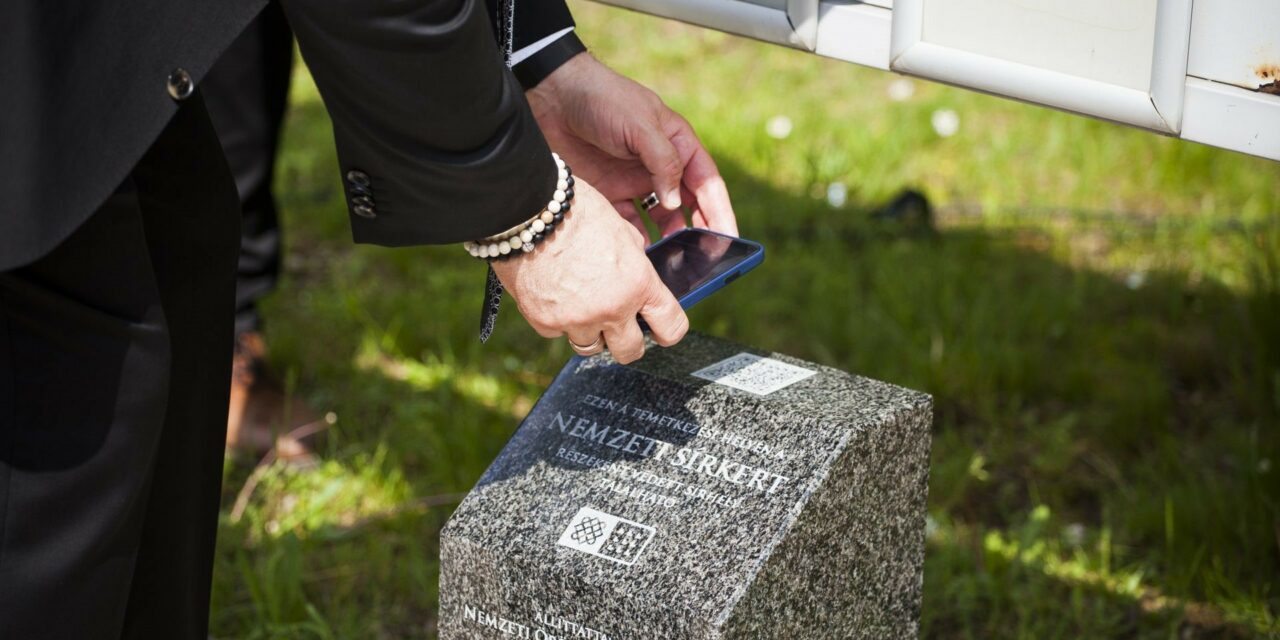The smart plot stones stand at the entrance to the Új public cemetery, the Farkasréti cemetery, the Megyeri úti cemetery and the Óbuda cemetery. In addition, the exact location of the protected graves within the cemetery can be found on information maps, the National Heritage Institute (Nöri) told MTI on Monday. According to their information, the QR codes on the smart plot stones on the institute's website point to the protected graves of the National Cemetery, which are located in the given burial place. Through this, visitors can get to know the protected graves of the cemetery and the biographies of the people buried in them.
According to the announcement, at the ceremonial handover held at the New Public Cemetery on Monday, Antal D. Róbert Kovács, the mayor of Kőbánya, pointed out that cemeteries are a kind of open-air museums, and the graves of famous people in them increase national consciousness and write national identity. Andrea Harsányi, the chief funeral director of BKM Nonprofit Zrt., emphasized that part of culture is the past. The task of today's people is to pass on the culture passed down by their ancestors to the next generation.
Gábor Móczár, the director general of the National Heritage Institute, emphasized that the persons resting in protected graves contributed to the Hungarians being able to remain in the Carpathian Basin for a thousand years, the announcement states.
As Nöri reminds us, there are 646 protected graves in the Új public cemetery, founded in 1886. There are about 1,900 graves in the Farkasrét cemetery, 105 in the Óbuda cemetery, and about 15 graves in the Megyeri úti cemetery, which are considered part of the National Cemetery. The National Graveyard is actually a protection category created by the Hungarian government in 1999 for graves located within the country's borders. The nation's most esteemed persons rest in these.
Source: MTI
Featured image: Nöri












